Why Aluminum Is Not Recommended for Jewelry: What You Need to Know
Key Takeaways
-
Aluminum can cause skin discoloration and potential allergic reactions in sensitive individuals
-
It's highly susceptible to scratching, denting, and tarnishing compared to precious metals
-
Aluminum jewelry lacks longevity and is not suitable for heirloom or investment pieces
-
Better alternatives include sterling silver, gold, and titanium
-
Quality jewelry made from proper materials provides better value over time
Introduction
When selecting jewelry, the material matters just as much as the design. While gold, silver, and platinum have dominated the jewelry scene for centuries, alternative metals like aluminum occasionally appear in the market at attractive price points. But is aluminum truly suitable for jewelry that touches your skin daily and represents your personal style?
This comprehensive guide explores why jewelry experts and dermatologists generally don't recommend aluminum for jewelry pieces, particularly those worn regularly or intended to last. Understanding these concerns can help you make informed decisions about your jewelry collection and potentially save you from disappointment and health issues down the road.
Understanding Aluminum as a Material
The Properties of Aluminum
Aluminum is the most abundant metal in Earth's crust and has found its way into countless applications—from aircraft manufacturing to kitchen utensils. This lightweight metal (about one-third the weight of copper or steel) initially seems attractive for jewelry due to several properties:
-
Lightweight nature makes it comfortable for large pieces
-
Relatively inexpensive compared to precious metals
-
Can be colored through anodization for decorative purposes
-
Conducts heat and electricity efficiently
However, the very properties that make aluminum excellent for industrial applications often become liabilities in jewelry contexts.
Historical Context of Aluminum in Consumer Products
Interestingly, aluminum was once considered more precious than gold. In the 1800s, when extraction techniques were limited, aluminum was so rare that Napoleon III reserved aluminum cutlery for his most distinguished guests, while everyone else used gold utensils.
With the development of efficient extraction methods in the late 19th century, aluminum became common and inexpensive. Today, it's used primarily in industrial applications rather than fine jewelry, though it occasionally appears in costume jewelry or as alloys in less expensive pieces.
How Aluminum Compares to Traditional Jewelry Metals
When evaluating jewelry materials, several factors come into play:
|
Property |
Aluminum |
Sterling Silver |
14K Gold |
Stainless Steel |
|
Durability |
Low |
Medium-High |
High |
Very High |
|
Tarnish Resistance |
Poor |
Moderate |
Excellent |
Excellent |
|
Hypoallergenic |
No |
Yes |
Yes (higher karats) |
Yes (most grades) |
|
Longevity |
Short-term |
Generations |
Generations |
Long-term |
|
Value Retention |
None |
Good |
Excellent |
Minimal |
This comparison reveals why jewelry experts typically recommend precious metals for quality pieces, especially those intended for regular wear.
The Problems with Aluminum Jewelry
Durability Concerns
Aluminum scores just 2.5-3 on the Mohs hardness scale (compared to 2.5-3 for gold and 5.5-6.5 for silver), making it extremely susceptible to:
-
Scratching from everyday objects and surfaces
-
Denting and deforming with minimal pressure
-
Bending out of shape, particularly in rings and bracelets
-
Structural fatigue with repeated stress
This lack of durability means aluminum jewelry typically has a short lifespan, sometimes showing significant wear after just weeks of regular use. For pieces meant to commemorate special occasions or be worn daily, this presents a significant drawback.
Skin Reactions and Health Considerations
Perhaps the most concerning aspect of aluminum jewelry involves potential health implications:
Aluminum can react with sweat and skin oils, potentially leading to skin discoloration. This greenish-gray or black discoloration isn't usually permanent but can be unsightly and concerning when it occurs.
More seriously, some individuals experience contact dermatitis from aluminum, presenting as:
-
Redness and inflammation
-
Itching or burning sensations
-
Skin rashes where the metal contacts skin
-
Dry, flaky patches in affected areas
While not everyone experiences these reactions, those with sensitive skin or metal allergies face higher risks. Additionally, some medical research has raised questions about prolonged aluminum exposure, though jewelry represents a relatively minor exposure source compared to other everyday items.
Tarnishing and Maintenance Issues
Aluminum readily oxidizes when exposed to air, forming an invisible layer of aluminum oxide. While this natural oxide layer provides some protection, aluminum jewelry still faces significant maintenance challenges:
-
It can develop a dull, chalky appearance over time
-
The metal can pit when exposed to certain chemicals
-
Cleaning often removes any protective coatings
-
Polishing is difficult without causing further damage
The maintenance requirements for aluminum jewelry often exceed those of precious metals, requiring careful handling and storage to maintain appearance.
Weight and Feel Concerns
While aluminum's lightweight nature might seem advantageous, it often translates to a less substantial, lower-quality feel in jewelry. Many wearers report that aluminum pieces feel:
-
"Cheap" or insubstantial
-
Lacking the pleasant weight associated with fine jewelry
-
Hollow or tinny when they clink against surfaces
-
Noticeably different from precious metal counterparts
This subjective quality affects wearer satisfaction and often leads to disappointment, particularly when the piece is given as a gift or meant to mark a special occasion.
Who Should Particularly Avoid Aluminum Jewelry
People with Metal Sensitivities
Individuals with known metal allergies or sensitive skin should be especially cautious about aluminum jewelry. While aluminum is sometimes marketed as hypoallergenic, this claim isn't entirely accurate. The metal itself and its oxidation products can trigger reactions in sensitive individuals.
Those with established metal sensitivities should instead consider jewelry made from:
-
High-karat gold (18K or higher)
-
Platinum or palladium
-
Medical-grade titanium
-
Medical-grade stainless steel (316L grade)
These materials generally provide better compatibility with sensitive skin and minimize reaction risks.
Those Seeking Heirloom-Quality Pieces
Jewelry often carries sentimental value and may be passed down through generations. Aluminum is wholly unsuitable for heirloom pieces due to:
-
Poor longevity, often showing significant wear within months or years
-
Inability to be professionally restored once damaged
-
Lack of intrinsic material value
-
Tendency to deteriorate even in careful storage
For pieces intended to commemorate special occasions or be passed down, investing in precious metals provides significantly better value despite the higher initial cost.
Active Lifestyles and Aluminum Jewelry
People with active lifestyles or those who work with their hands face additional challenges with aluminum jewelry:
-
The metal can deform during sports or physical activities
-
It cannot withstand exposure to most cleaning products
-
Impacts that would merely scratch gold or silver might permanently damage aluminum
-
Swimming, showering, or frequent hand-washing accelerates deterioration
For these individuals, more durable options like titanium or stainless steel provide better durability without the premium price of precious metals.
Can aluminum explode?
When aluminum is oxidized, its surface will turn white and sometimes pit. In extremely acidic or basic environments, aluminum may corrode rapidly with catastrophic results. Taken from this source: https://www.kaempfandharris.com/industry-news/how-do-aluminum-and-stainless-steel-differ
Aluminum have a very thin layer of chromium oxide which prevents any oxidation on stainless steel
What does Aluminum do to the brain?
Aluminum, as a known neurotoxicant, contributes to cognitive dysfunction and may contribute to Alzheimer's disease. Meaning that aluminum can enter the bloodstream through the skin and be deposited in the brain that way on a long term basis. Aluminum fluxes into the brain across the bloodstream, because it is absorbed through the skin. Some factors like citric acid and parathyroid hormone (PTH), and vitamin D, can promote aluminum to enter the brain. But the redistribution of aluminum out of the brain is slow, so aluminum can be deposited in the brain for a long time. That should be the warning indicator that direct, persistent touch on your wrists, arms, neck, fingers, toes with aluminium should be avoided. If you purchase aluminum earrings be aware if they would have prolonged exposure with your skin.
Better Alternatives to Aluminum Jewelry
Copper Jewelry Options
Sterling Silver Options
Sterling silver (92.5% silver, 7.5% copper) offers an excellent alternative to aluminum at a relatively accessible price point. Alexa Martha Designs' silver collection showcases how this versatile metal can be crafted into beautiful, lasting pieces.
Sterling silver provides:
-
Significant durability (especially with proper care)
-
A lustrous appearance that develops character over time
-
Value retention and potential for restoration
-
Hypoallergenic options when rhodium-plated
While silver does require some maintenance to prevent tarnishing, its benefits far outweigh this minor inconvenience for most jewelry wearers.
2024 Breast Cancer Awareness Crystal Ribbon Necklace - Limited Edition of 10
Gold, Gold -Filled and Gold-Plated Jewelry
Gold remains the standard for fine jewelry, offering unmatched benefits:
-
Exceptional durability in appropriate karats (14K-18K)
-
Complete tarnish resistance
-
Hypoallergenic properties (especially in higher karats)
-
Excellent value retention and investment potential
For those seeking gold's benefits at more accessible price points, gold-filled and gold-plated options provide excellent alternatives. Gold-filled jewelry, which contains substantially more gold than plated pieces, offers particularly good longevity at a fraction of solid gold's cost.
As Seen on Molly Ringwald 14 K Gold Filled Filigree Pearl Choker Necklace
Stainless Steel for Durability Seekers
Stainless steel jewelry has gained tremendous popularity for good reason:
-
Exceptional scratch and impact resistance
-
No tarnishing or oxidation concerns
-
Hypoallergenic properties (in quality grades)
-
Minimal maintenance requirements
While lacking the investment value of precious metals, stainless steel provides outstanding durability for everyday wear pieces, especially for active individuals or those working in demanding environments.
Titanium as a Lightweight Alternative
For those attracted to aluminum's lightweight properties, titanium offers a superior alternative:
-
Extremely lightweight (about 40% lighter than steel)
-
Exceptional strength-to-weight ratio
-
Highly biocompatible and hypoallergenic
-
Scratch-resistant and virtually maintenance-free
Though somewhat more expensive than aluminum, titanium's durability makes it significantly more cost-effective over time, especially for rings and everyday wear items.
When Aluminum Might Be Acceptable
Temporary Fashion Pieces
Despite its drawbacks, aluminum can be appropriate for certain temporary fashion accessories:
-
Seasonal trend pieces not intended for long-term wear
-
Items deliberately chosen for their ultra-lightweight properties
-
Pieces that complement specific outfits but won't be worn regularly
-
Fashion-forward designs where the material is secondary to the aesthetic
-
Ultra light designs that do not come in contact with your skin
In these contexts, aluminum's limitations become less problematic, particularly if the wearer understands the material's constraints.
Costume Jewelry Considerations
Within the costume jewelry category, aluminum occasionally appears, particularly when:
-
Large, statement pieces would be uncomfortably heavy in other metals
-
The design calls for specific coloration achieved through anodization
-
The piece is intended for occasional, careful wear
-
Budget constraints make alternatives impractical
However, even in costume jewelry, materials like brass, bronze, or copper generally provide better durability and skin compatibility than aluminum.
Art Pieces vs. Everyday Wear
Some jewelry functions primarily as wearable art rather than everyday adornment. For artistic pieces displayed more than worn, aluminum's limitations become less significant:
-
The material's lightness can enable larger, more dramatic designs
-
Preservation concerns diminish when handling is minimal
-
Skin reaction risks decrease with limited contact
-
The focus shifts to aesthetic rather than practical considerations
Artists sometimes choose aluminum specifically for its unique properties in these contexts, creating stunning pieces not intended for daily wear.
How to Identify Quality Jewelry Materials
Reading Jewelry Descriptions and Hallmarks
Protecting yourself from misleading aluminum jewelry requires knowledge:
-
Legitimate jewelry should clearly state its materials
-
Look for specific purity markings (925 for sterling silver, 14K for gold)
-
Be wary of vague terms like "silver-tone" or "gold-tone"
-
Research unfamiliar metal names or alloys before purchasing
Reputable jewelers like Alexa Martha Designs always provide clear material information for all products, allowing informed purchasing decisions.
Questions to Ask Before Purchasing
When considering jewelry, particularly online where you cannot physically examine the piece, ask:
-
What specific metal or alloy is used?
-
Is the piece solid metal or plated/filled?
-
What maintenance will this piece require?
-
Is this suitable for everyday wear?
-
What warranty or guarantee comes with the purchase?
Quality jewelers willingly answer these questions and provide documentation of materials used.
Price Considerations and Material Quality
While price alone doesn't guarantee quality, extremely low pricing often indicates problematic materials like aluminum. Consider:
-
The current market value of fine metals
-
The complexity and craftsmanship of the piece
-
Whether the price aligns with similar items from reputable sources
-
If the deal seems "too good to be true," it likely is
Investing somewhat more initially for quality materials typically provides better long-term value and satisfaction.
Frequently Asked Questions About Aluminum Jewelry
Is aluminum jewelry safe to wear?
For most people, brief contact with aluminum jewelry poses minimal health risks. However, prolonged skin contact can cause discoloration and potential allergic reactions in sensitive individuals. Those with known metal sensitivities should choose alternative materials.
Will aluminum jewelry turn my skin green?
Unlike copper-based metals which often turn skin green, aluminum typically causes grayish-black discoloration when it reacts with skin oils and sweat. This discoloration, while not permanent, can be unsightly and difficult to remove.
Can aluminum jewelry be repaired if damaged?
Most professional jewelers cannot effectively repair damaged aluminum jewelry. The metal's properties make it difficult to solder or reshape once damaged, and the low material value rarely justifies repair costs.
How long will aluminum jewelry last?
With careful handling and occasional wear, aluminum jewelry might last 1-3 years before showing significant wear. However, pieces worn regularly often show noticeable damage within months, especially rings and bracelets.
Is aluminum jewelry worth anything?
Unlike precious metals, aluminum has negligible material value and does not appreciate over time. Any value in aluminum jewelry comes from design or craftsmanship rather than material worth.
How can I tell if my jewelry is aluminum?
Aluminum jewelry feels extremely lightweight, often unnaturally so compared to precious metals. It may have a slightly matte appearance unless polished, and will not respond to a magnet. When tapped against a hard surface, it produces a tinny sound rather than the rich tone of precious metals.
Conclusion: Making Informed Jewelry Choices
While aluminum has revolutionized many industries with its lightweight properties and affordability, it falls short as a jewelry material for most purposes. Its susceptibility to damage, potential skin reactions, poor longevity, and lack of value retention make it unsuitable for quality jewelry, particularly pieces intended for regular wear or sentimental value.
Pure copper is a relatively durable metal and can last for decades. It also offers health benefits, though it's not as resistant to tarnishing as noble metals like gold or platinum. It requires regular cleaning if you prefer to avoid the natural patina.
Instead, consider investing in quality materials that stand the test of time. Alexa Martha Designs offers beautiful, durable alternatives crafted from sterling silver, gold, and other quality metals designed to be treasured for years to come.
Remember that jewelry often marks our most precious moments and relationships. Choosing pieces made from appropriate, lasting materials ensures these symbols remain as enduring as the memories they represent.


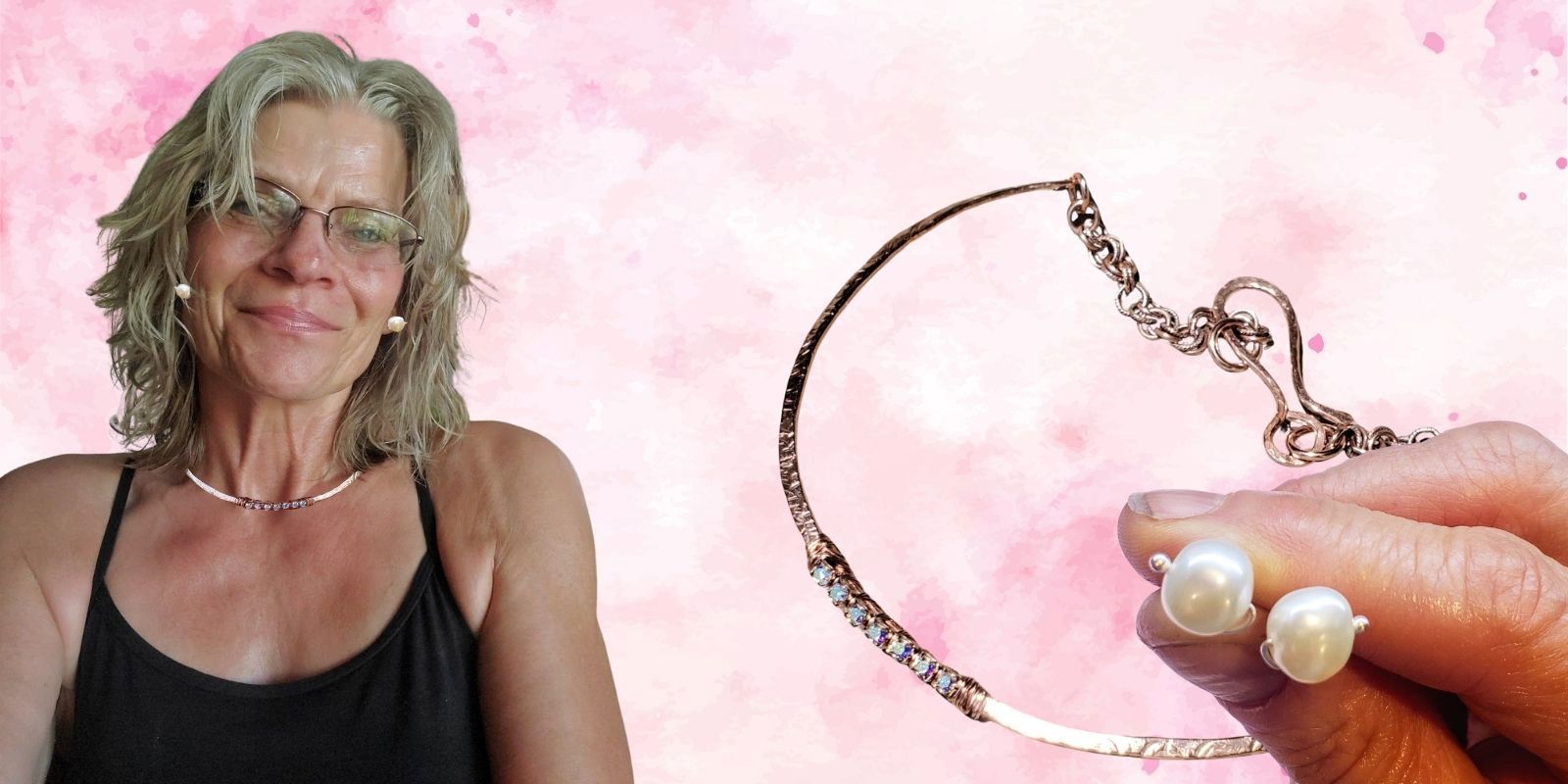






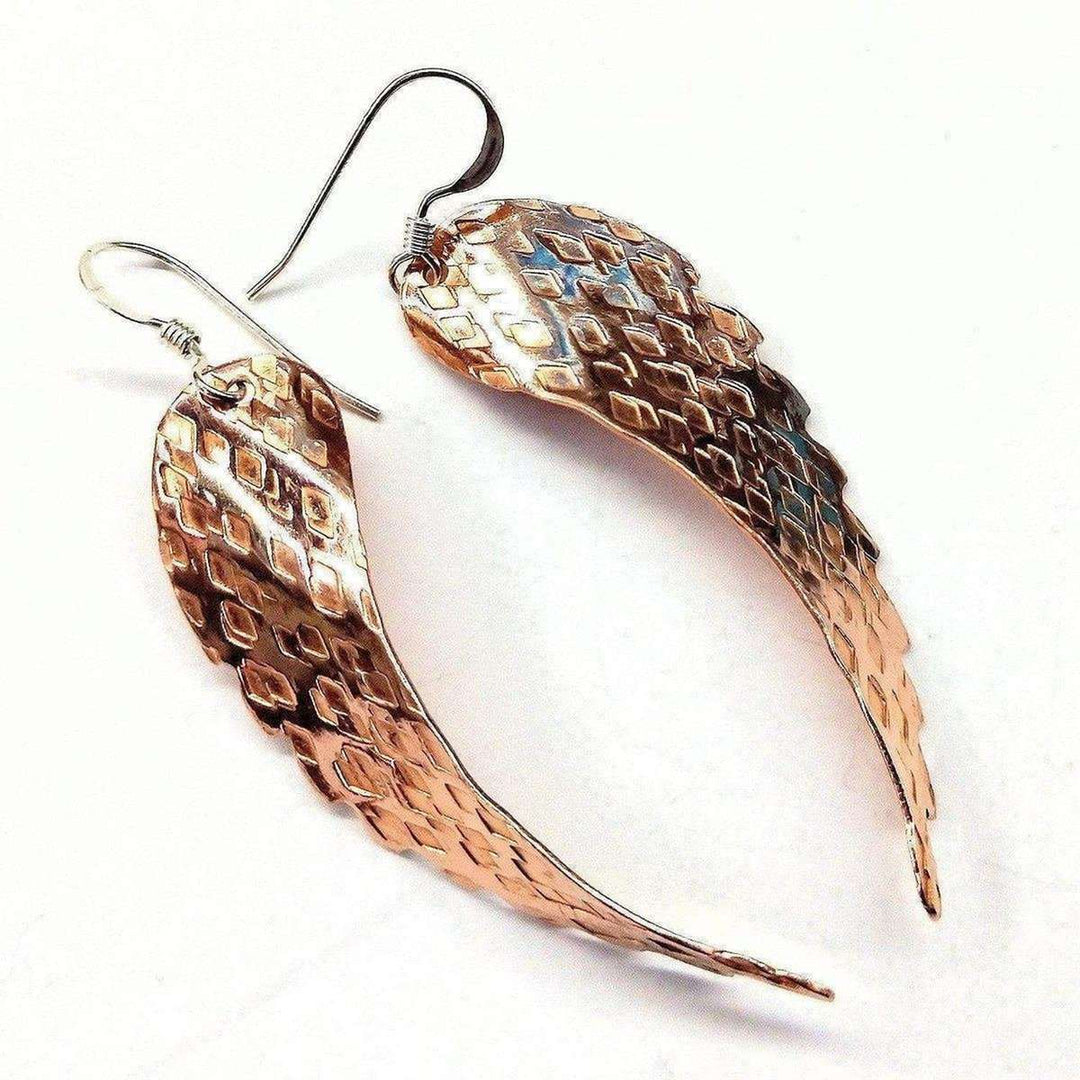
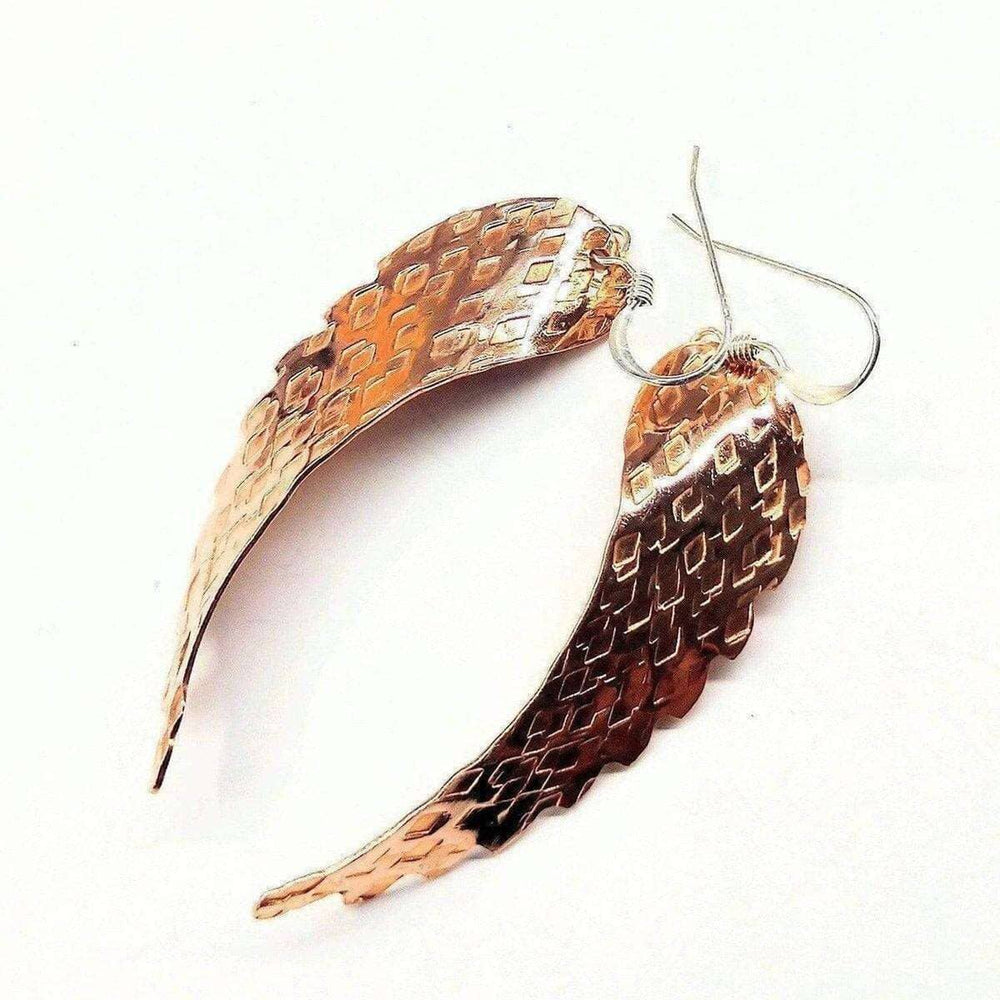
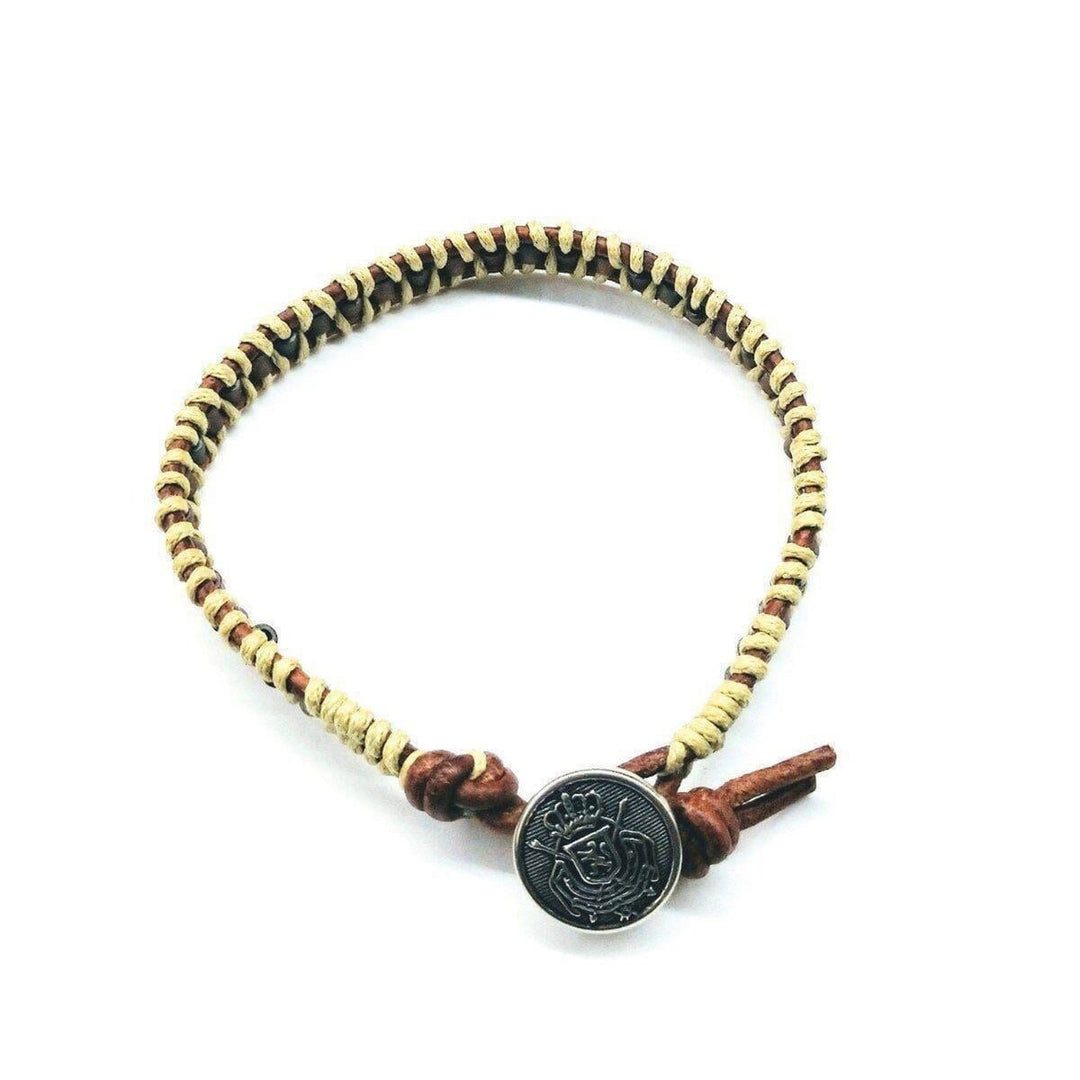

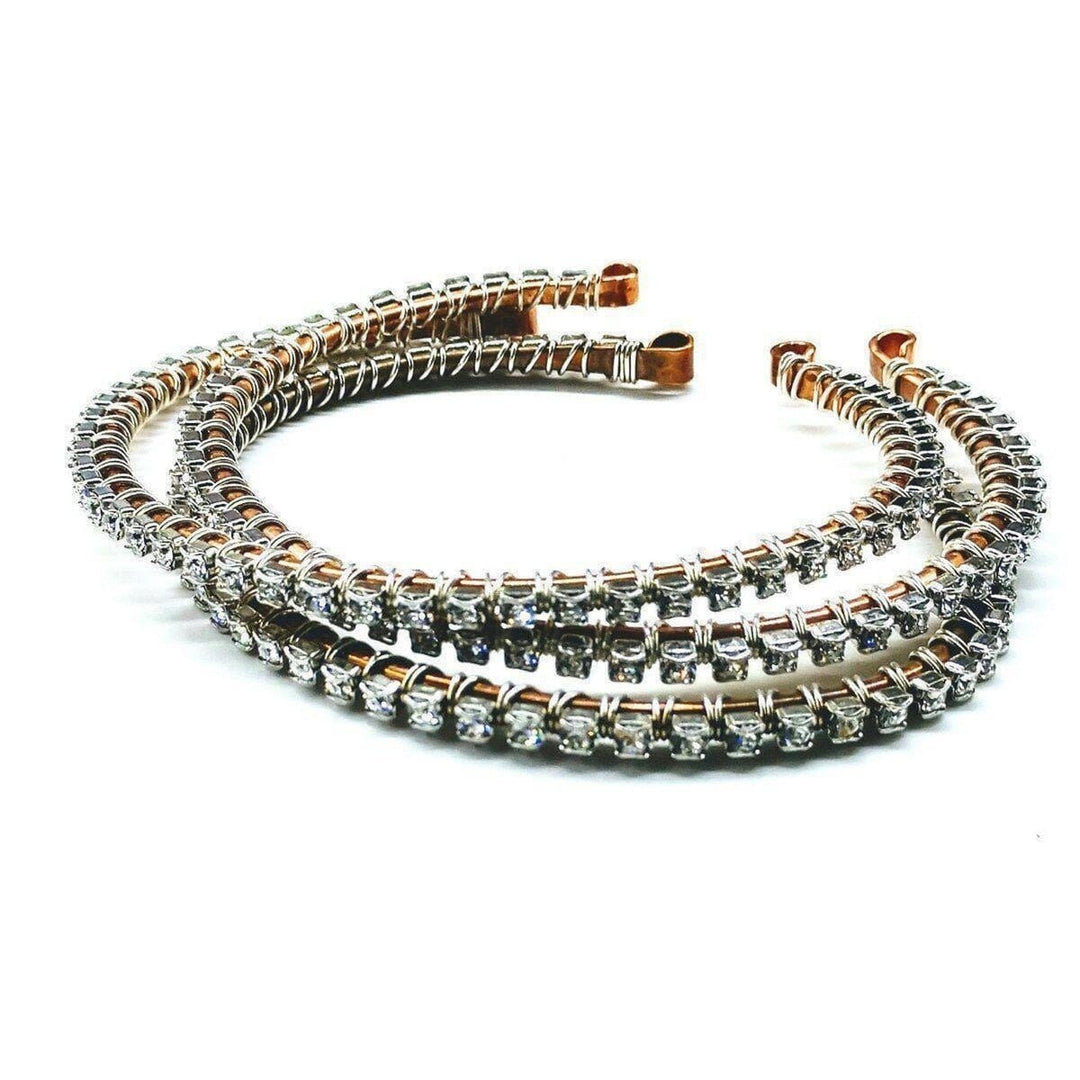
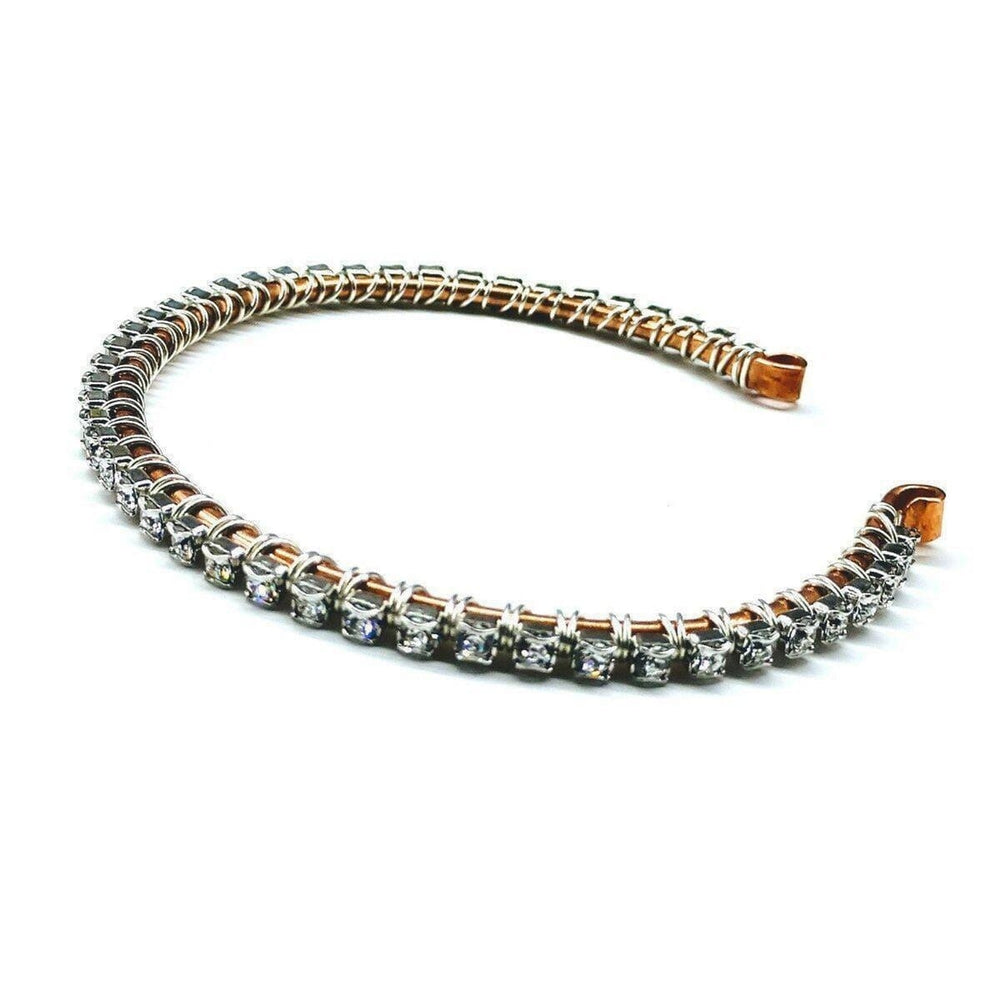


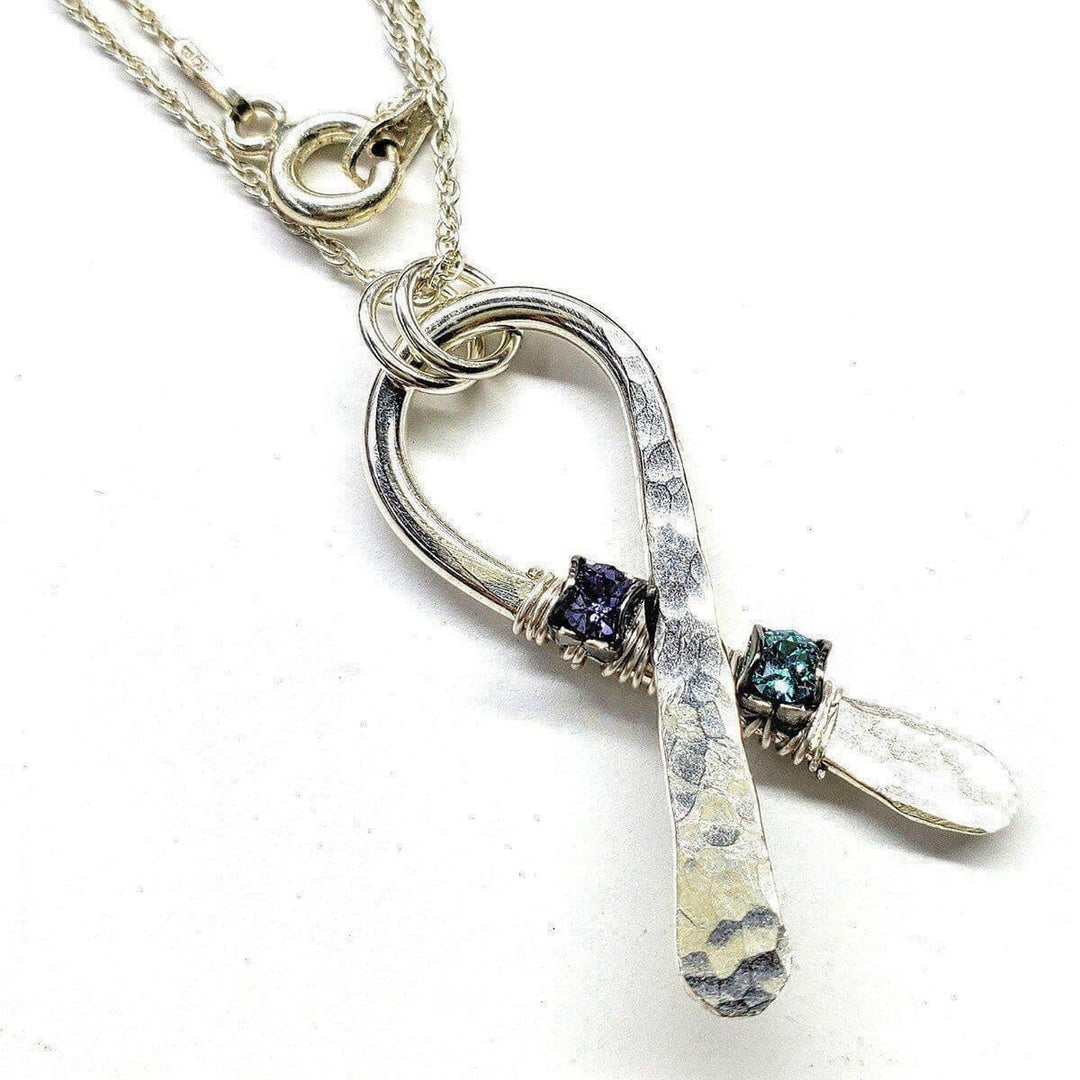
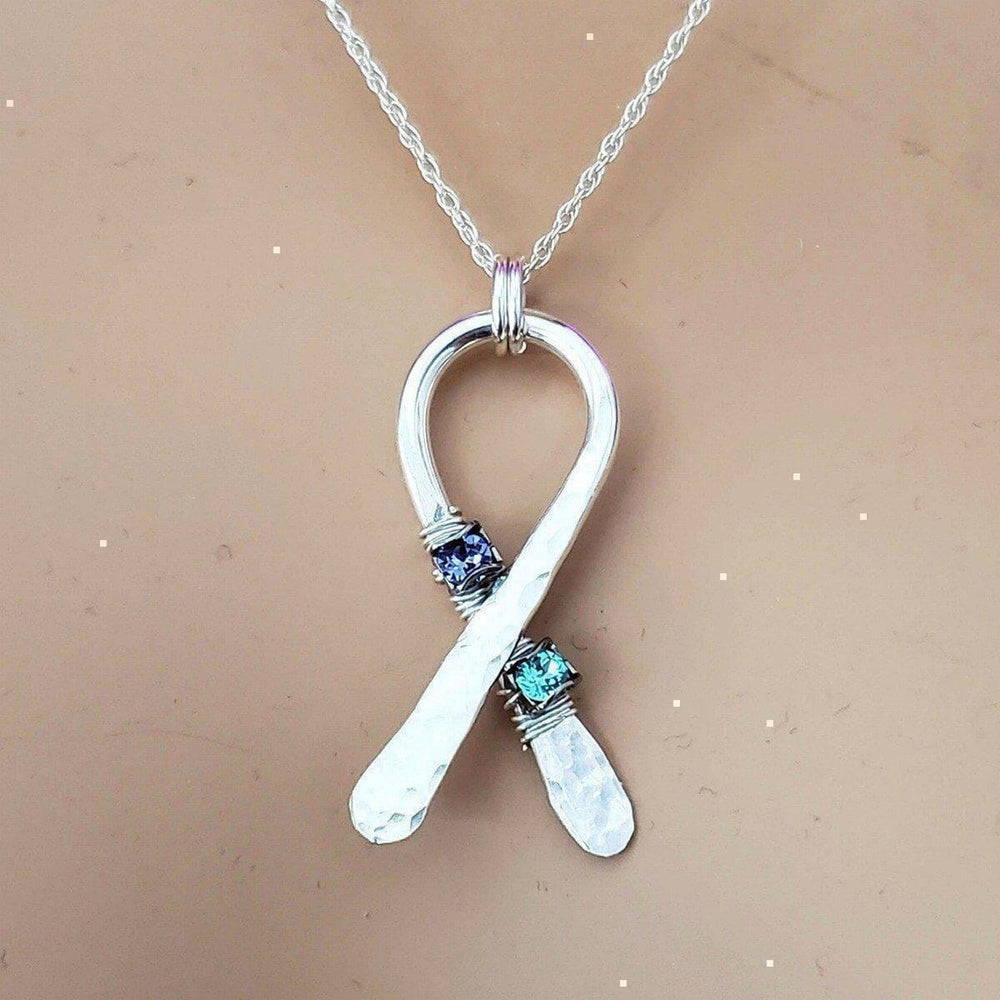
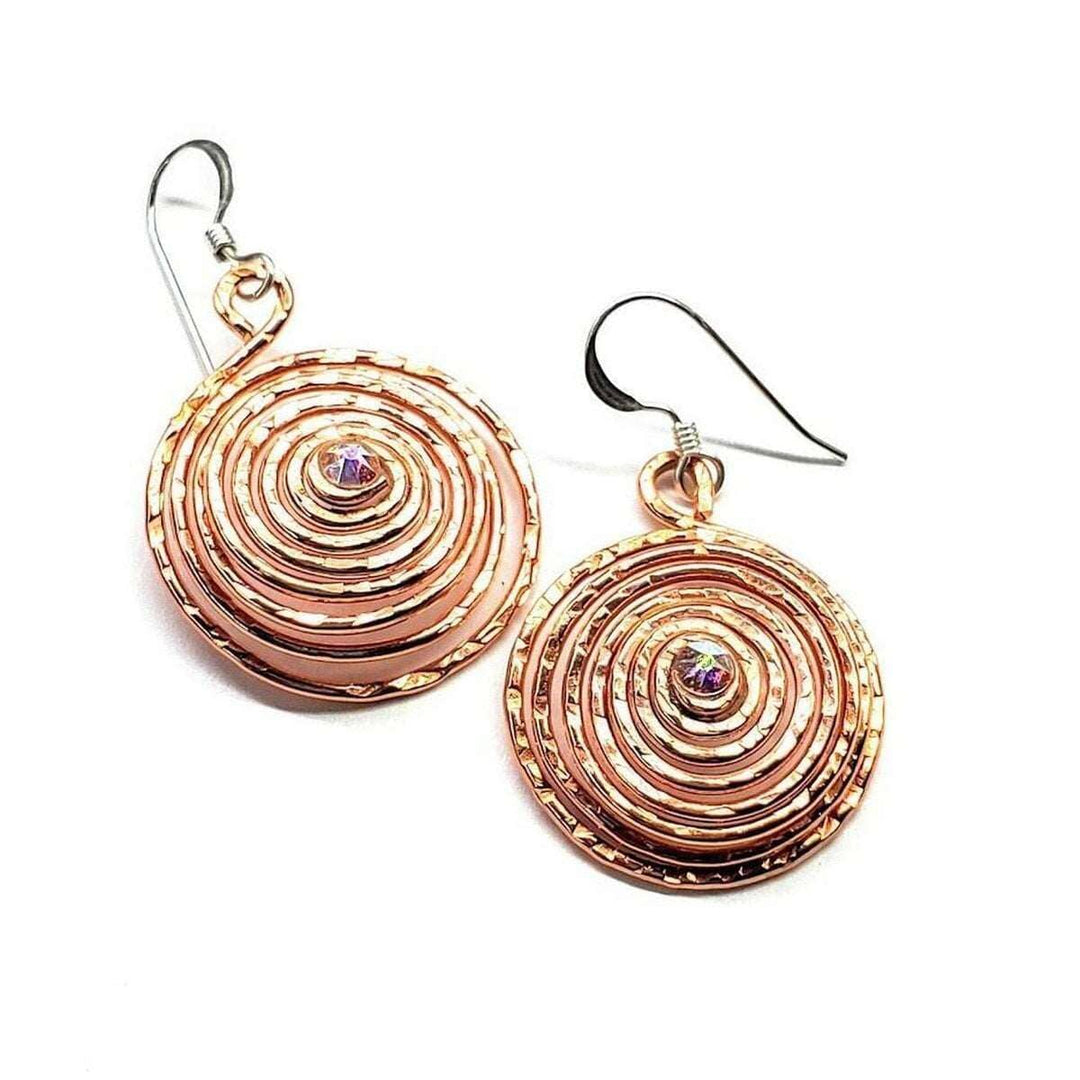

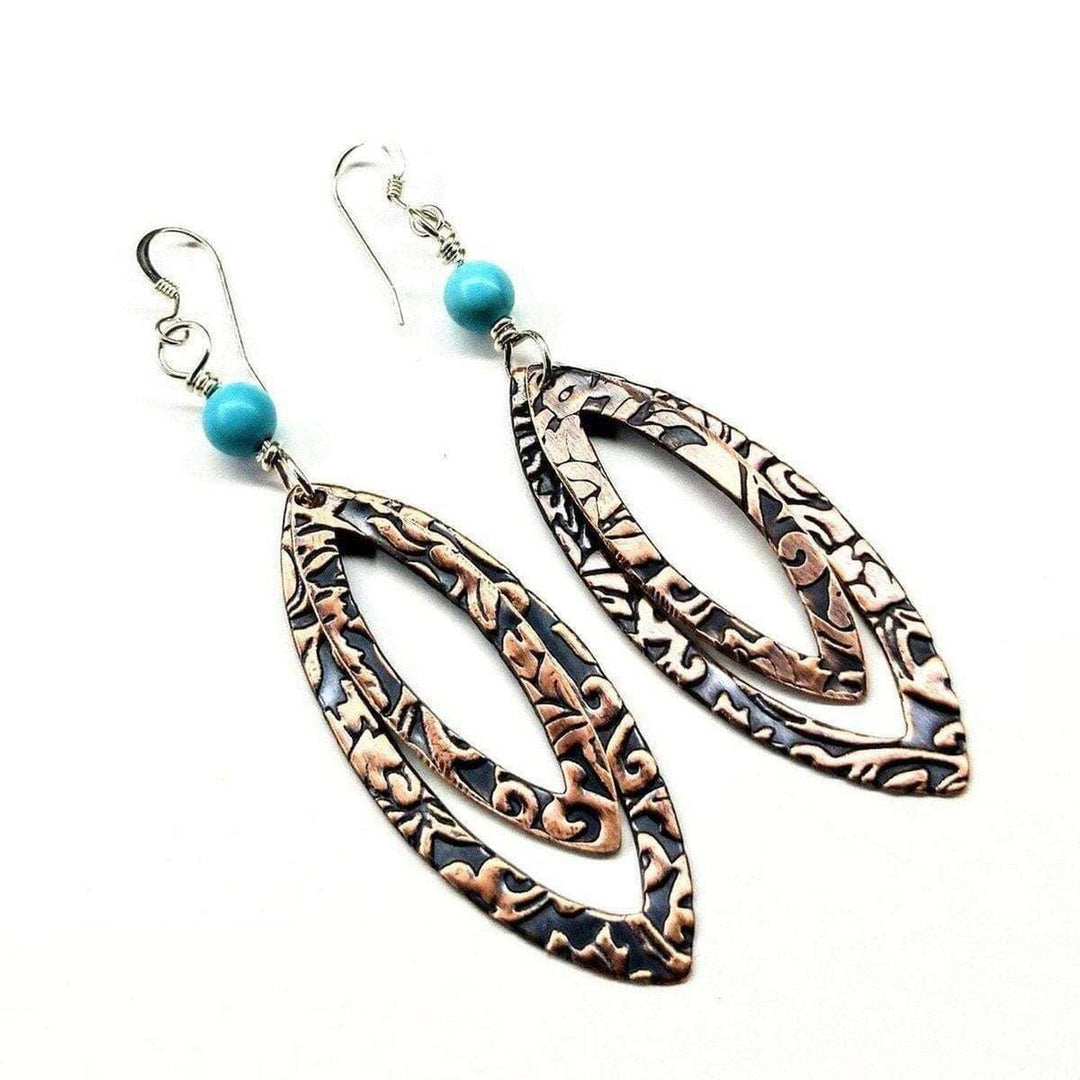
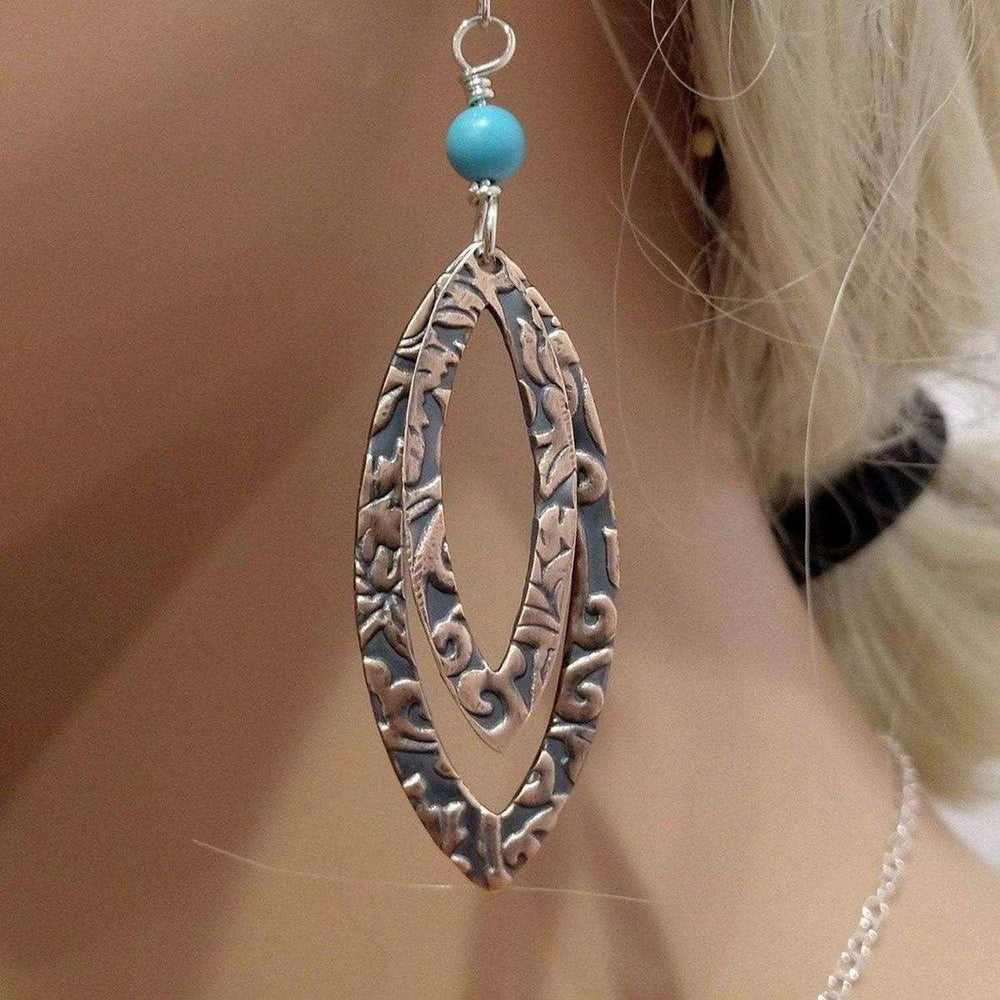
Leave a comment